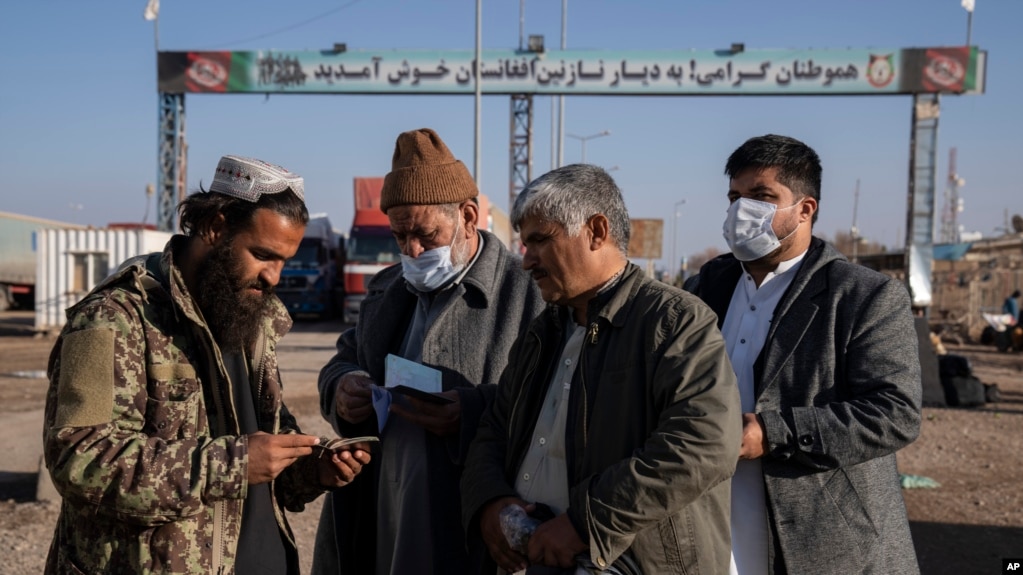
Abubakar Siddique
Human rights groups have documented a sharp rise in the number of Afghans executed in neighboring Iran.
At least 13 Afghans have received the death penalty in the Islamic republic so far this year, according to the Norway-based NGO Iran Human Rights (IHR).
Another NGO — the Norway-based group Hengaw, which closely tracks human rights violations in Iran — put the number at 14.
Mahmood Amiry-Moghaddam, the director of IHR, told RFE/RL’s Radio Azadi that the number is double compared to the same period in 2023.
Amiry-Moghaddam said seven of the Afghans executed this year were convicted of murder. The rest, he said, received the death penalty over drug-related offenses.
Amiry-Moghaddam said many Afghans do not get fair trials. Thousands of Afghans are believed to be on death row in Iran.
Why It’s Important: The spike in the executions comes amid a mass deportation drive targeting members of Iran’s large community of Afghans.
An estimated 4.3 million Afghans currently live in Iran, according to the UN. More than 1 million have been deported in the past year.
Afghans suffer widespread abuse and discrimination in Iran, where they have often been blamed for insecurity and unemployment.
Activists have said the sharp rise in the executions of Afghans could be aimed at instilling fear in the community and discouraging other Afghans from fleeing to the Islamic republic.
An estimated 70 percent of the estimated 3.6 million Afghans who have fled their homeland after the Taliban seized power in 2021 moved to Iran.
Already one of the world’s biggest executioners, Iran has intensified its use of the death penalty by carrying out at least 853 executions in 2023, a 48 percent rise from the previous year, Amnesty International said in a report released last month.
What’s Next: Iranian authorities appear unlikely to significantly decrease their use of the death penalty, which rights groups say is aimed at creating fear in the population and tightening their grip on power.
As one of Iran’s most marginalized and impoverished communities, Afghans are likely to continue to be the target of executions.
What To Keep An Eye On
A new World Health Organization (WHO) report says at least 25 people have died from cholera in Afghanistan so far this year.
The WHO says in 2024 there have been nearly 47,000 cases of the bacterial disease, which spreads through contaminated food and water.
Afghanistan is among the top five countries globally with the most cholera cases, alongside neighboring Pakistan, Zambia, Zimbabwe, and the Congo.
The WHO says diminishing stocks of cholera vaccines as well as population growth, natural disasters, and climate change have led to cholera outbreaks.
Why It’s Important: Afghanistan’s heath-care system, which was propped up by foreign aid for nearly two decades, has been in crisis since the Taliban takeover. The militants’ seizure of power led international donors to immediately cut financial funding.
Hundreds of health facilities have been closed in the past three years, with no funds to pay the salaries of doctors and nurses. Hospitals that are still open suffer from severe shortages of medicine.
While some foreign aid organizations continue to operate in Afghanistan, many of them have been forced to curb their work as international funding diminishes.
That’s all from me for now.
source : Radio Free europe
